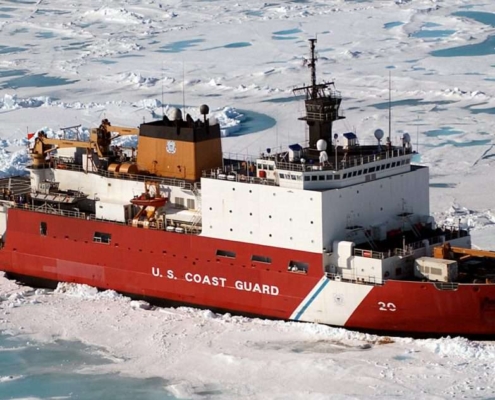
Surviving the Arctic: Polar Class Icebreakers
Design Support, Fluids, Mechanical, Propulsion, Special Purpose Mechanical Systems, StructuralI’m amazed by the challenges pitted against a Polar class icebreaker. What does it take for a ship to survive in the harshest regions of our planet?
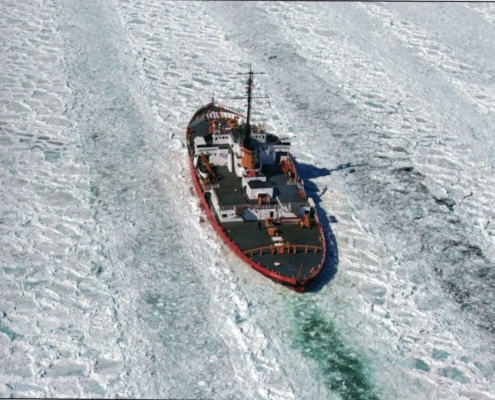
Ramming the Ice: Icebreaker Propulsion
Energy Generation, Fluids, Hull Structure, Propulsion, Propulsion Plant, Propulsion Units, Propulsors, Structural, Transmission and Propulsor SystemsThis beast bares TWO nuclear reactors, with over 60 MW of propulsive power driving through anything in its path! Discover why we need so much power for an icebreaker.
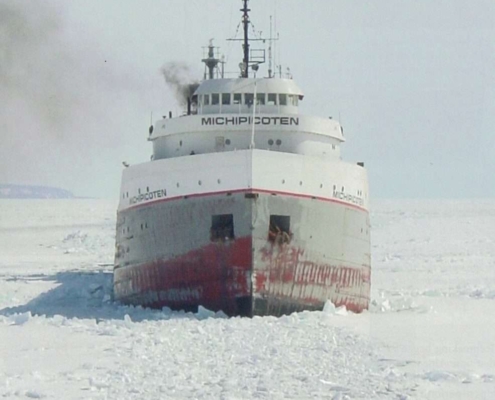
Breaking the Ice: Icebreakers
Hull Structure, Propulsion, Propulsion Units, Propulsors, StructuralHow do icebreakers crack through the ice and come out undamaged? We still use the same techniques from over 50 years ago. Why do they work so well?
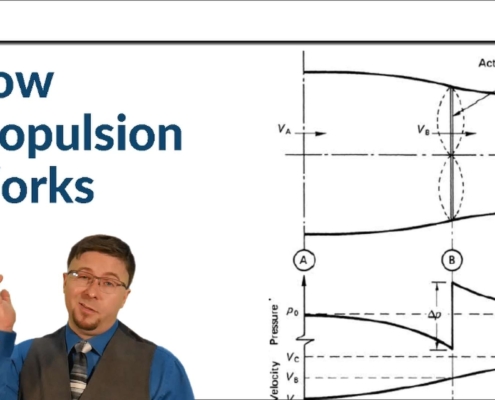
How Propulsion Works: Classifying Ship Propulsion
Propulsion, Propulsion Plant, Propulsors, Waterjet PropulsorsNo doubt, the math of propulsion devices is complicated. But it is all the same physics. By dividing each of these devices into their essential tasks, we find new opportunities. New methods of propulsion from different combinations of old tricks. Insight into this continuum allows us to better classify marine propulsion and dissect past successes to search for new combinations.
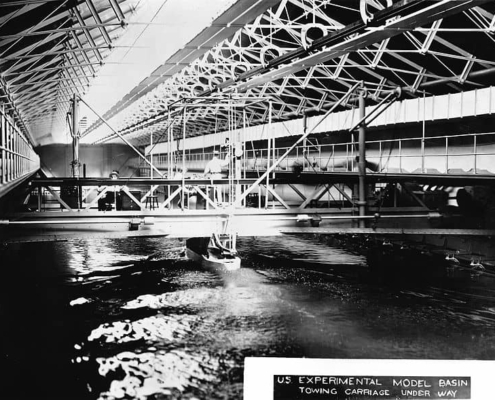
Next Level Hydrodynamics
Engineering Business, Fluid Dynamics, Fluids, Fluids Special Methods, Fluids Testing, Propulsion, Propulsion Plant, Resistance, Towing TankThe modern towing tank expanded into a Swiss Army knife of experiments. Time to see what new tricks the tank holds for us!
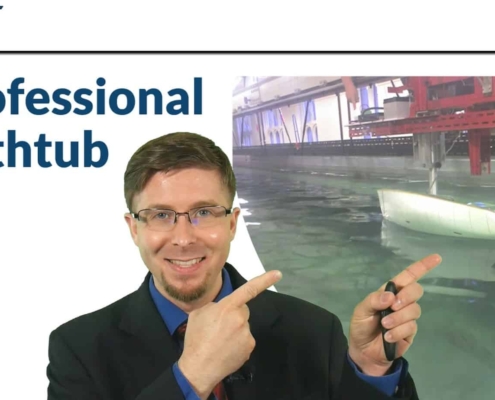
The Ship Towing Tank
Engineering Business, Fluid Dynamics, Fluids, Fluids Special Methods, Fluids Testing, Propulsion, Propulsion Plant, Propulsion Units, Propulsors, Resistance, Towing TankIt may look like a swimming pool, but towing tanks exist for a different purpose. They are a fundamental tool of ship design.

How to Cut the Bunker Bill
Energy Generation, Engineering Business, Fluids, Mechanical, Propulsion, Propulsion Plant, Propulsion UnitsIMO 2020 promises to be a time of uncertain fuel prices. Here are eight practical ways to reduce your fuel consumption.
How to Design a Waterjet: Key Elements of Waterjets
Fluid Dynamics, Fluids, Propulsion, Propulsion Plant, Transmission and Propulsor Systems, Waterjet PropulsorsWhat makes a waterjet work? Learn the common elements of all waterjets and best practices to expect from a decent waterjet design.
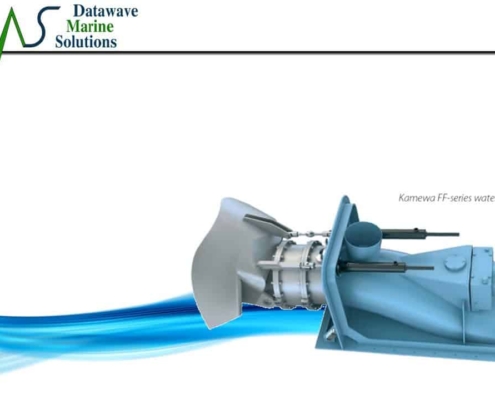
Waterjets: When to Use, Pros and Cons
Fluids, Propulsion, Propulsion Plant, Transmission and Propulsor Systems, Waterjet PropulsorsWaterjets are fun. They give you great maneuvering control and promise much higher efficiency at high speeds. But that flexibility comes with the price of more subtle limits on performance. Used incorrectly, waterjets perform worse than propellers. This article focuses on the merits of waterjets, with focus on the most important factor: efficiency.
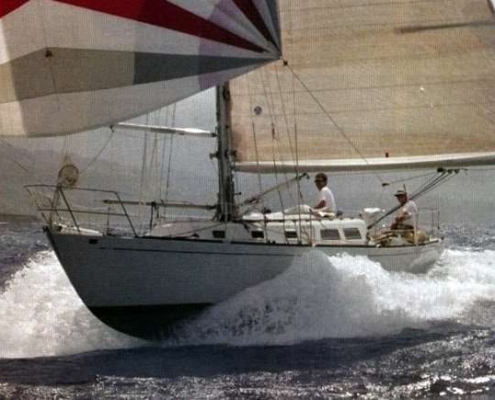
The TRUTH of Hull Speed: How to Break the Sailing Speed Limit
Engineering Business, Fluid Dynamics, Fluids, Propulsion, ResistanceHull speed is bogus, but not because the math is wrong. This formula supposedly predicts the maximum speed of a yacht based solely on length. But don’t sell yourself short; there are ways around speed limits. Today we discuss the basis for hull speed and fill in the rest of the story.

How to Make a Boat Propeller
Fluid Dynamics, Fluids, Mechanical, PropulsionI love to learn how industrial equipment gets created. Boat propellers are especially interesting. The emphasis is on mass production. See how we crank out hundreds of fine detailed propellers.

Propellers By the Numbers: Propeller Dimensions
Fluids, Mechanical, PropulsionYou need context to understand propeller terminology: normal ranges and implications of each term.
